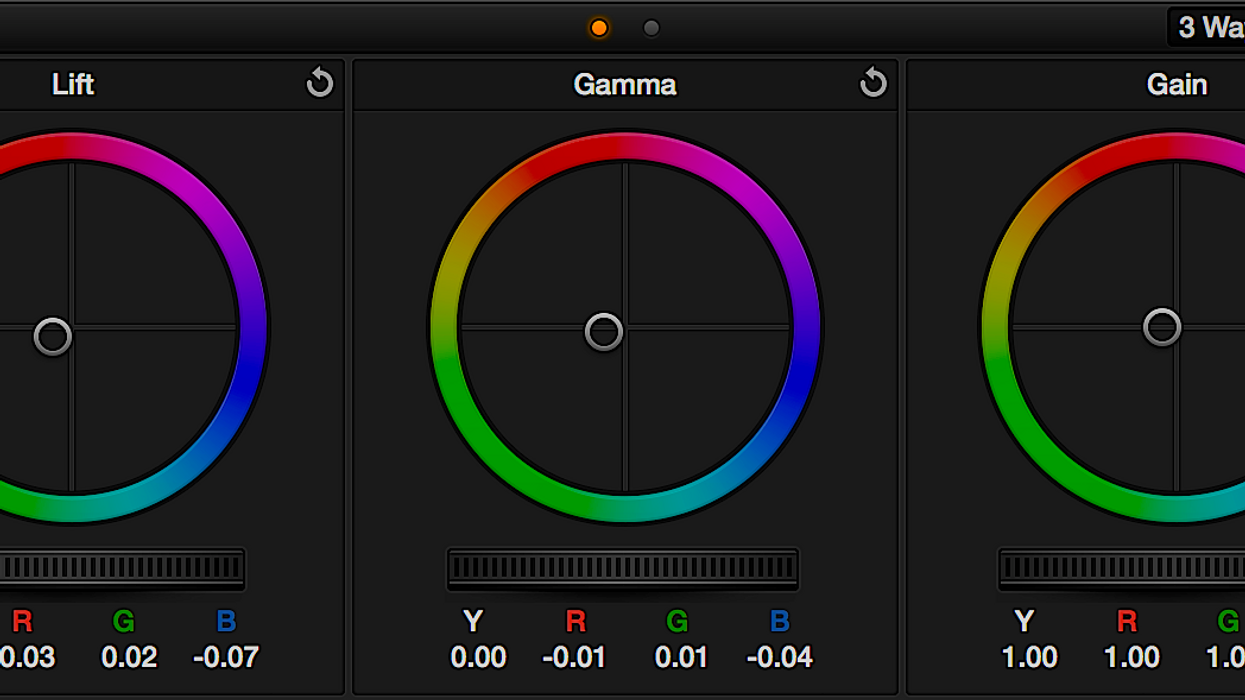How to Choose the Best Color Correction Tool for Your Individual Workflow
There are countless methods and tools for color correcting and grading your footage. In fact, there are so many that figuring out which one is best suited for your individual post workflow can be completely overwhelming. But worry not. Wolfcrow is here to help.

First and foremost, for those of you who aren't familiar with Sareesh Sudhakaran's blog Wolfcrow, it's a literal goldmine of information about every kind of filmmaking workflow imaginable, everything from ingest and logging workflows to grading, mastering, and archival workflows. If you're wondering whether any hypothetical workflow will work for you, Wolfcrow is always a great place to start researching.
With that out of the way, let's talk about color correction -- more specifically, the tools necessary for performing color correction. There are quite literally hundreds of software tools available today that offer some semblance of color functionality, whether it be RAW converters, film emulation plugins, standalone color applications, or even the the tools built natively into all modern NLEs. With so many options, there's a whole lot to consider when you're trying to choose the one (or more) color tools that are best suited to your individual workflow.
In a recent post over on Wolfcrow, Sareesh laid out just about everything that you'd need to consider in order to make that choice a bit easier.
Here's Sareesh's advice in a nutshell.
- If I don’t have time to leave the NLE, or if the client isn’t paying for grading, I choose built-in tools or plugins.
- If I’m compositing, keying, etc., and the same holds true as above, then I use the built-in tools or plugins in After Effects.
- If the above holds true, but not all shots need to be graded, I use Color Finesse. It really is a joy to grade. Too bad I have to go back and forth for each clip.
- If all shots need to be graded, or if I’m shooting RAW or Log footage, then I will use Speedgrade (or Resolve, if that’s what you prefer).
- I use RAW converters only if I’m using a specific camera and I need to create looks, dailies, etc., or I need to handle metadata.
Personally, I only find myself using the built-in color tools in Premiere if I need to do something extremely simple and quick, like correcting white balance or adding a preset look from SpeedGrade. Otherwise, I gravitate towards DaVinci Resolve for a vast majority of my color work, even despite the fact that I cut in Premiere and roundtripping with SpeedGrade would be the most practical solution. I just find the Resolve interface to be far more intuitive, which ultimately ends up saving me time in my post process.
Share your preferred color grading tools and workflows with us down in the comments!
Source: Wolfcrow













